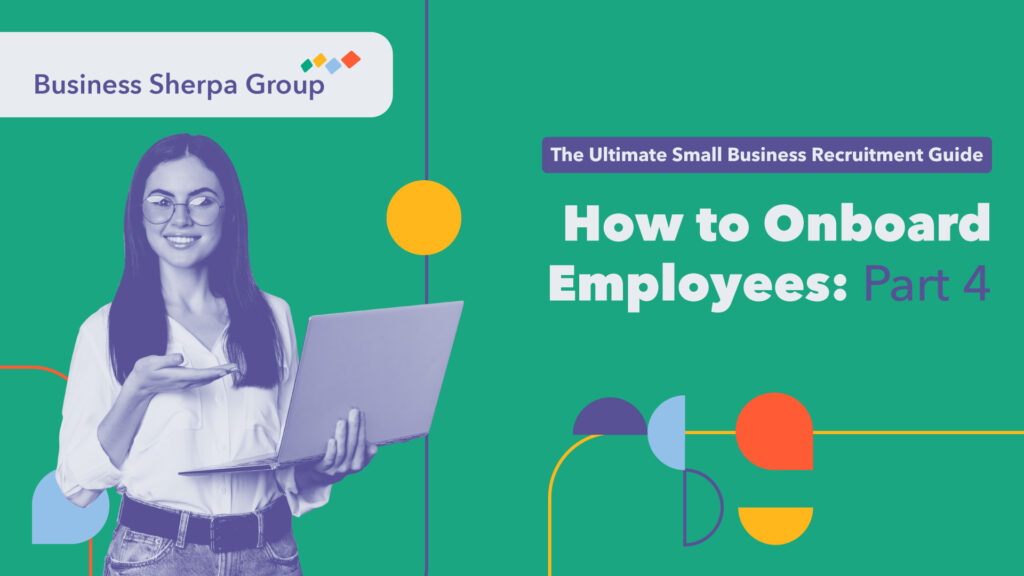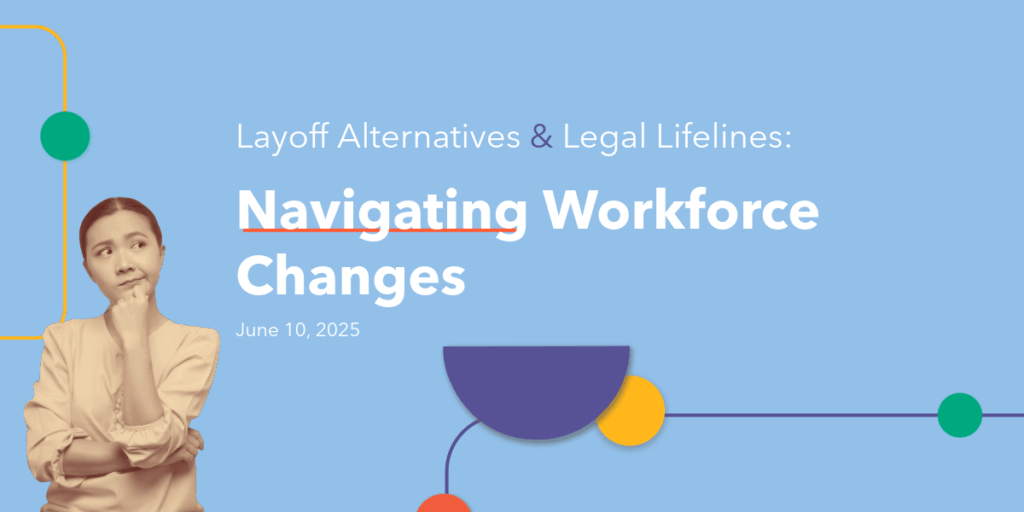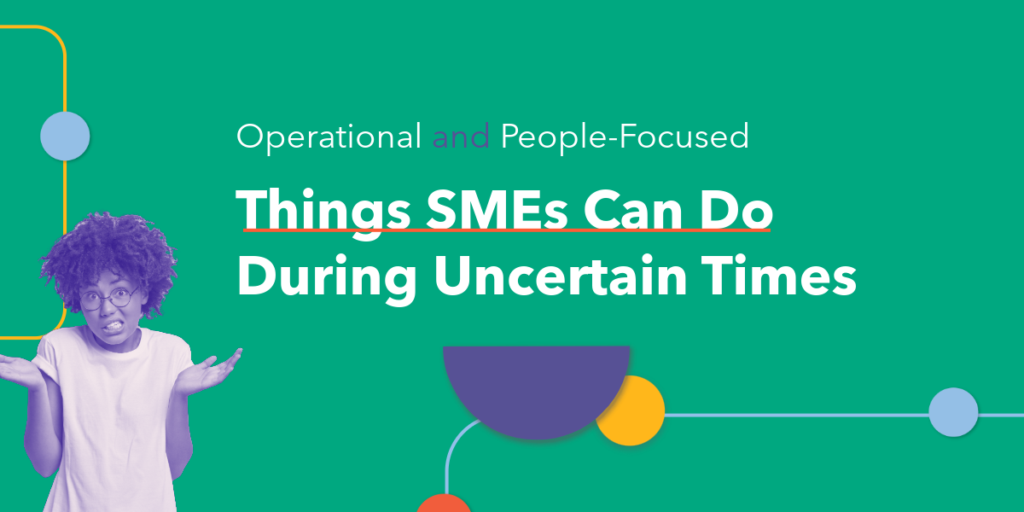A candidate has accepted your offer! This means they will soon start working at your organization, and so will require onboarding. Or is it orientation? It’s both! Let us explain…
Many often confuse orientation and onboarding as the same phase or even the same term, but they are distinct steps in integrating a new employee. Orientation is a single event, whereas onboarding is a more extended, ongoing process.
Think of orientation as happening right before or during the first week; it’s like a detailed walkthrough. New employees are shown around, taught essential processes, handed necessary documents, and introduced to the resources they’ll need moving forward. Communication during orientation is mainly one-directional, from the organization to the employee, as in-depth discussion is rarely needed.
The goal of orientation? To set the stage for onboarding.
Onboarding takes the baton from orientation and stretches out over weeks or even months. It’s tailored to the individual and their specific role, enabling them to effectively apply what they learned during orientation. This phase is about acclimating to the job and the company culture, encouraging proactive learning and participation. Unlike the orientation phase, onboarding is characterized by active, two-way communication, with the new hire often asking questions along the way. The outcome of successful onboarding is a fully integrated, contributive employee.
Onboarding is often led by an HR representative rather than the recruiter; however, it is an important aspect intertwined with recruitment, thus we have dedicated an article in our Ultimate Small Business Recruitment Guide to focus on what comes after a candidate accepts your offer.
Your Onboarding Experience
When creating your onboarding experience, our HR experts say there are 4 C’s to remember:
- Compliance: Ensure all required training is completed in a timely manner (e.g. workplace safety training, etc.) and that the organization’s policies are clearly understood.
- Connection: Make sure employees can build relationships within the organization and find support.
- Culture: Ensure employees know the company’s mission, vision, values, customers, and how their jobs provide value.
- Clarification: Clarify how the new hire can make the role their own and what their goals – performance
and others – are.
10 Things to Consider
When creating or updating your onboarding experience, here are some activities to consider implementing:
- Focus on Teams: Engage people in teams to immerse them in company culture, point out norms and expectations on working in teams, and promote healthy feedback loops with team members supporting the new hire along with their direct manager.
- Include KPIs in Training: Clearly outline the objectives and scope of the role, defining success in a qualitative and quantitative fashion.
- Promote Partnerships: Buddy and mentorship plans are a great way to integrate an employee; make sure the employee is matched with someone who is enthusiastic and dedicated to helping them.
- Department Introductions: To better understand the roles and divisions in an organization, new hires should have the chance to interact with different staff in each department. This also helps them understand the business more quickly.
- Feedback Loop: Employees should be encouraged to give feedback on their experience throughout the onboarding program, be sure to provide them with a safe environment and a way to do so.
- Build a Support Network: Remote work can easily isolate new employees. Establish a network of people where the employees are free to ask questions or clarify. This is a great icebreaker and allows the new hire to feel more connected to co-workers.
- Integrate your Mission, Vision, and Values: Integrate your mission, vision, and core values early on and reinforce them often with real-life examples of how they are applied daily. Connect these to the hire’s role to establish a clear sense of purpose.
- One-on-One Meetings: Ensure one-on-one meetings with the employee’s manager are set up so they have time to connect. This can happen after one-on-one meetings with those who execute onboarding such as administrative managers, HR managers, etc. It’s valuable to have a mix of asynchronous training with these meetings to help information truly sink in.
- Standard Operating Procedures: SOP manuals are crucial for new employees, they allow them to reference who people are, workflow systems and processes, and other elements to help them in their roles.
- Periodic Feedback: It is essential to set up periodic feedback at critical intervals: one week, one month, three months, and one year. No news is never good news.
Moving Forward
From what we have seen, only a minority of companies believe their onboarding programs are perfect as is. While their confidence is commendable, those who regularly review and update their onboarding strategies are more likely to outperform their competitors. As society evolves, so do the expectations and needs of new employees. Strategies that resonated with Millennials might not hit the mark with Gen Z. However, some principles remain timeless: the importance of human touch, encouraging ongoing feedback, and offering support.
In today’s competitive job market, the significance of effective onboarding is increasingly recognized. HR and recruiting professionals are at the forefront, sharing insights and innovations to enhance onboarding experiences. Our Human Resources team at BSG is actively involved in this endeavour, working both within our organization and with clients across various sectors. If you want fresh perspectives on your onboarding process, feel free to connect with us!










